When most people think of London, they picture expensive attractions and pricey meals. On my recent trip, I couldn’t help but wonder—could I really experience the city without blowing my budget?
Turns out, exploring London on the cheap is not only doable, but honestly, it made the adventure more memorable. I felt a little thrill every time I found a way to save a few pounds.
I wandered through world-class museums for free and tracked down cozy hostels tucked near Hyde Park. With a few clever choices, living well for less in London became my personal mission.
I stumbled on unexpected gems, affordable markets, and travel hacks that let me see a ton without draining my wallet. If you’re heading to London for the first time or just going back for more, I hope these stories and tips give you a fresh perspective on enjoying the city without overspending.
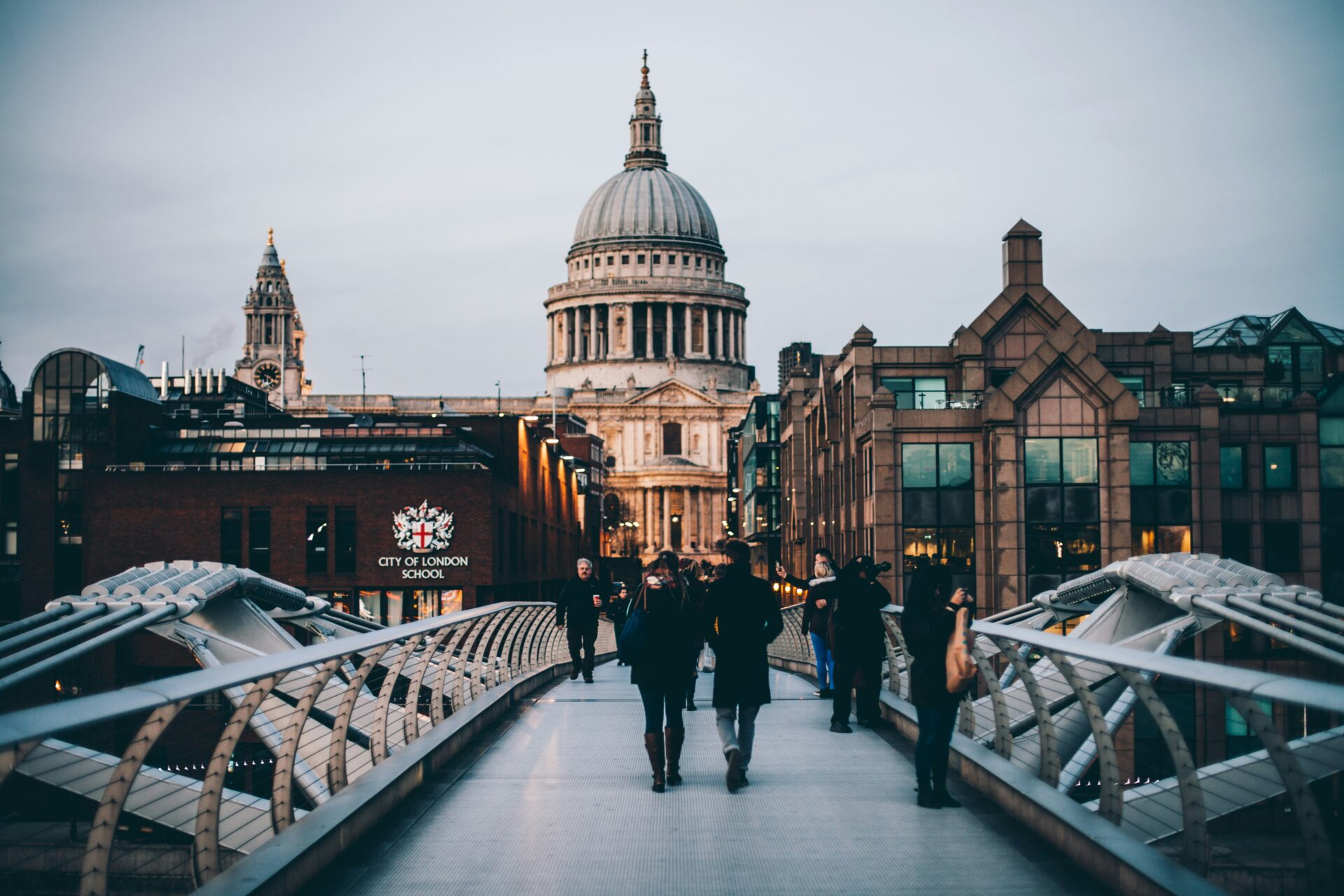
Affordable Accommodation in London
Even in London’s constant hustle, I found budget-friendly places to sleep. I didn’t have to sacrifice safety or comfort, either.
Hostels and Budget Hotels
If you’re looking to save cash and maybe meet some fellow travelers, London’s hostels are a solid bet. I grabbed a bed in a hostel near King’s Cross for just £20 a night.
They offered free Wi-Fi, breakfast, and a lounge where backpackers swapped stories. Some hostels had private rooms for a bit more privacy, plus secure lockers for your stuff.
Chains like YHA and Astor Hostels stood out for their clean rooms and friendly staff. If hostels aren’t your thing, budget hotel chains like easyHotel or Premier Inn had small but comfy rooms at good prices.
When I needed a quieter night, I noticed budget hotels in East London usually ran cheaper than in central areas. The Tube made it easy to get anywhere, so I didn’t mind the extra travel.
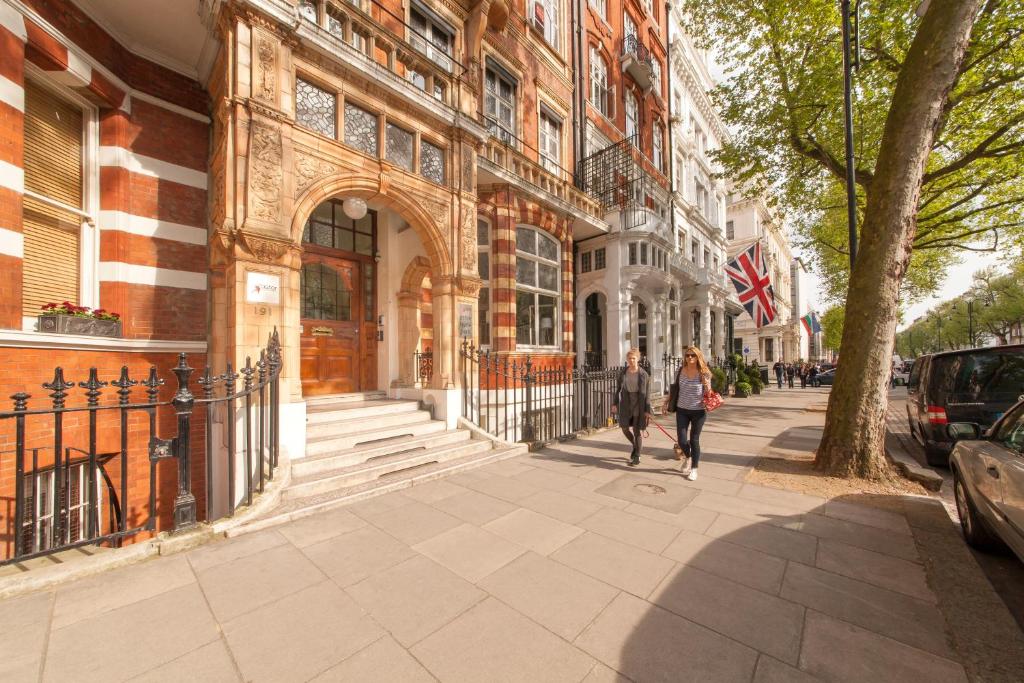
Unique Stays: Couchsurfing and Homestays
Staying with locals gave my trip a personal touch, and sometimes it cost nothing at all. I tried Couchsurfing and found hosts who offered a spare bed or sofa.
Besides saving money, I picked up tips on hidden cafés and peaceful parks far from the tourist crowds. Homestays were another surprise win.
I stayed with a family in their spare room, paid a fair nightly rate, and shared a few home-cooked meals. Most hosts loved sharing stories and answering questions, which made my trip feel less like a hotel stay and more like visiting friends.
These options showed me a warmer side of London, full of kindness and little moments I wouldn’t have had in a hotel.

Booking Tips for Securing Cheap Rates
Timing really made a difference. I saved money by booking my stay several weeks ahead—especially during the off-season.
I always compared a few sites, like Booking.com and Hostelworld, to see what each place offered. Free breakfast, Wi-Fi, or laundry sometimes tipped the scales for me.
I joined hotel loyalty programs and kept an eye out for last-minute deals, especially midweek when the city seemed quieter. I also double-checked cancellation policies to dodge any sneaky fees.
A simple packing list helped too—bringing my own towel or small lock got me better dorm rates and an easier stay.
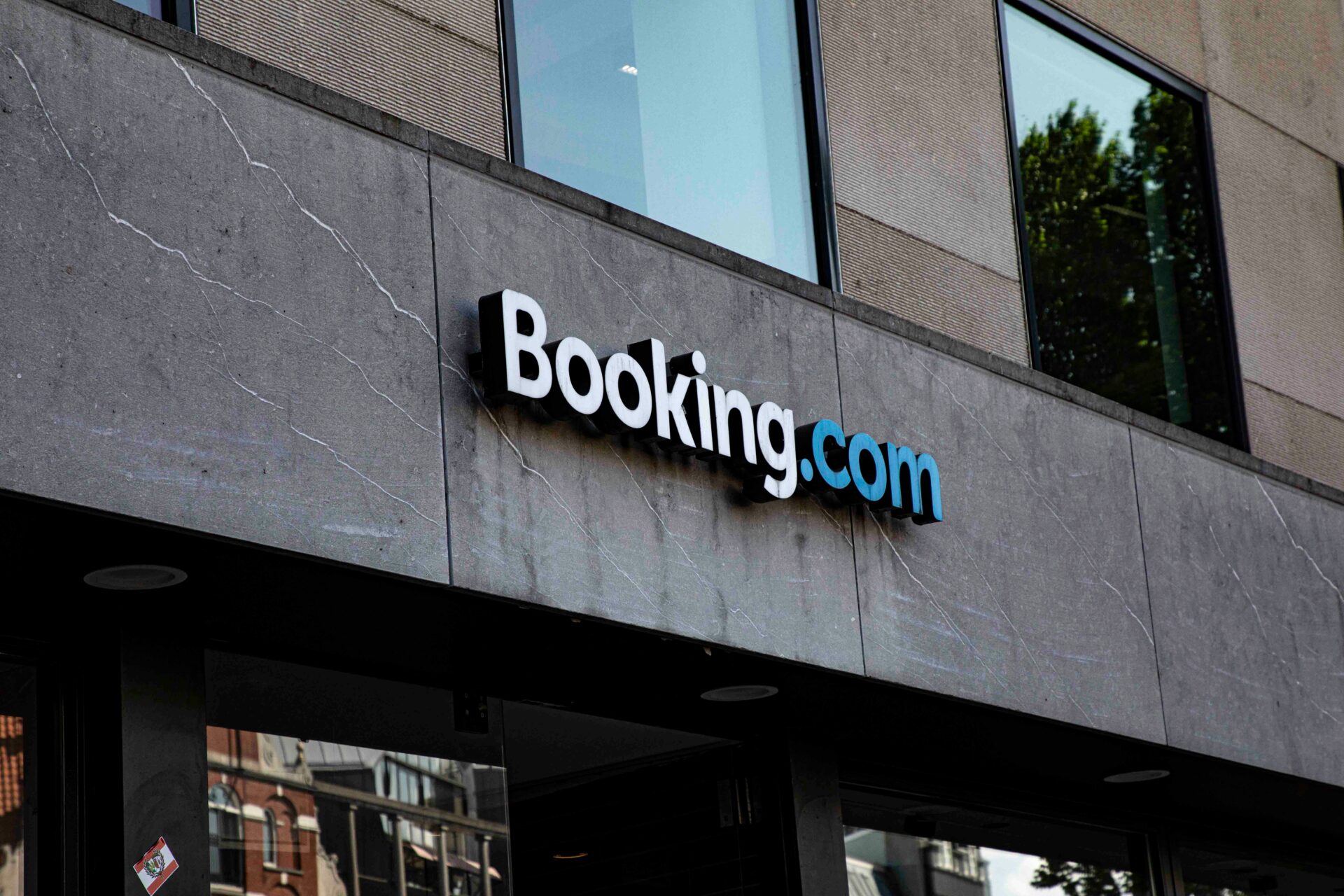
Exploring Free and Low-Cost Attractions
London truly shines when you lean into its open spaces and cultural hotspots that don’t cost a thing. I found peace and inspiration in parks, museums, and quirky corners that never asked for my wallet.
Parks, Gardens, and Outdoor Spaces
Honestly, nothing beats just wandering into one of London’s famous parks. Hyde Park had endless leafy paths, and I’d usually find a quiet spot by Serpentine Lake to relax.
Regent’s Park impressed me with its tidy gardens and tucked-away statues. Sometimes I’d pack a sandwich, sit on a bench, and just watch the world go by.
Hampstead Heath felt wild and untamed—almost like I’d left the city behind. The view from Parliament Hill was unreal, and I never paid a cent to get in.
On weekends, I’d drop by smaller spots like Kensington Gardens or the lush Victoria Embankment Gardens. They offered a real escape, perfect for a lazy afternoon or a picnic with friends.
| Park Name | Best For | Entry Fee |
|---|---|---|
| Hyde Park | Lakes, peaceful walks | Free |
| Regent’s Park | Gardens, statues | Free |
| Hampstead Heath | Natural views, skyline | Free |
| Kensington Gardens | Palace views, sculptures | Free |
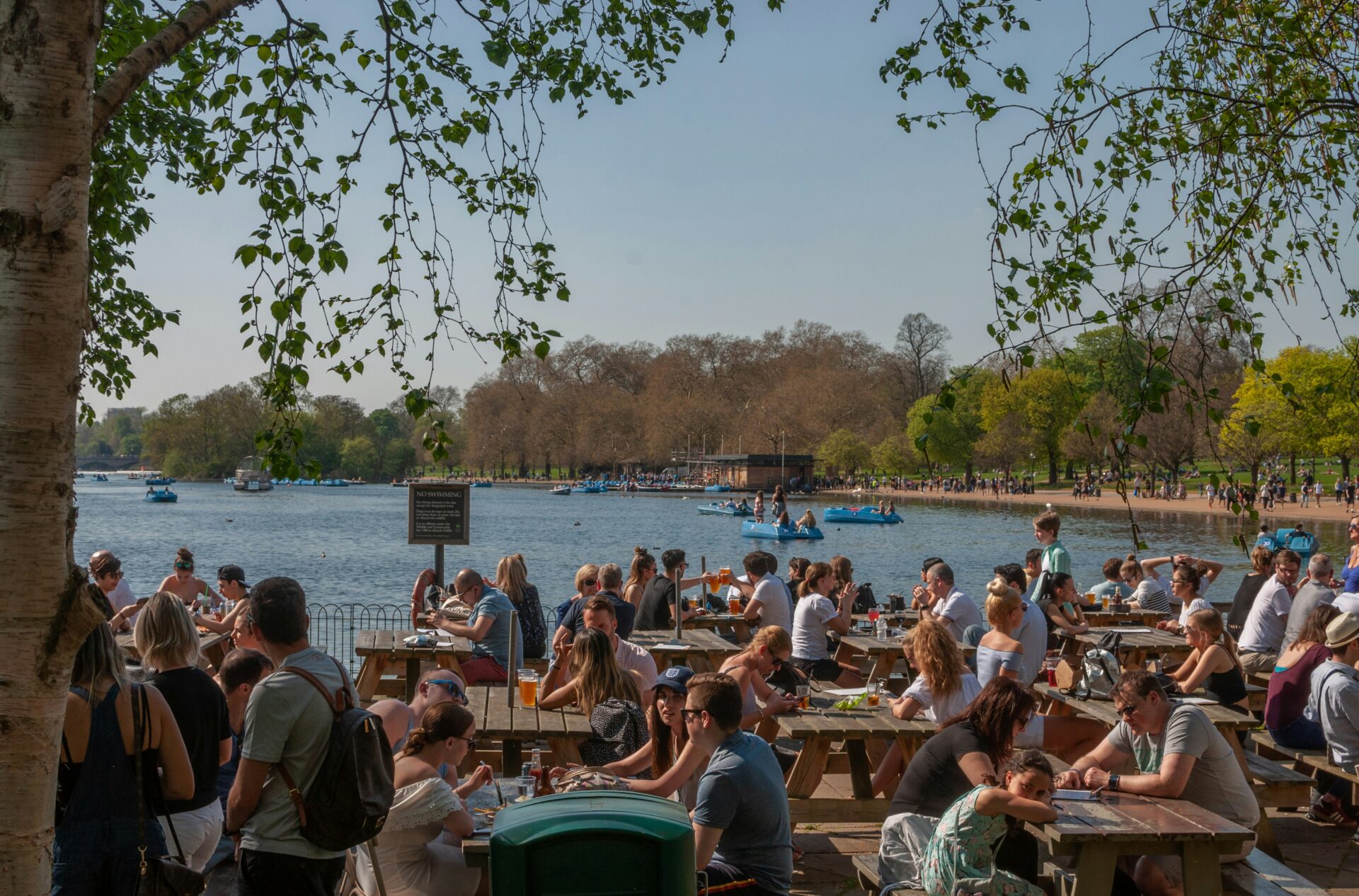
Museums and Galleries with No Entry Fee
London’s free museums made it easy to learn and explore, no matter my budget. The British Museum blew my mind with ancient artifacts—I saw the Rosetta Stone up close for free.
At the National Gallery, I stood in front of Van Gogh and Monet masterpieces, all without paying a ticket. Art and history felt wide open to everyone.
The Tate Modern kept me guessing with bold, new exhibitions. I liked ending my visit on its riverside balcony, just watching the Thames.
Beyond the big names, spots like the Victoria and Albert Museum and quirky John Soane’s Museum welcomed me in for nothing. With so much variety, I felt like I had my own playground for curious minds.
Top Free Museums and Galleries:
- British Museum
- National Gallery
- Tate Modern
- Victoria and Albert Museum
- John Soane’s Museum
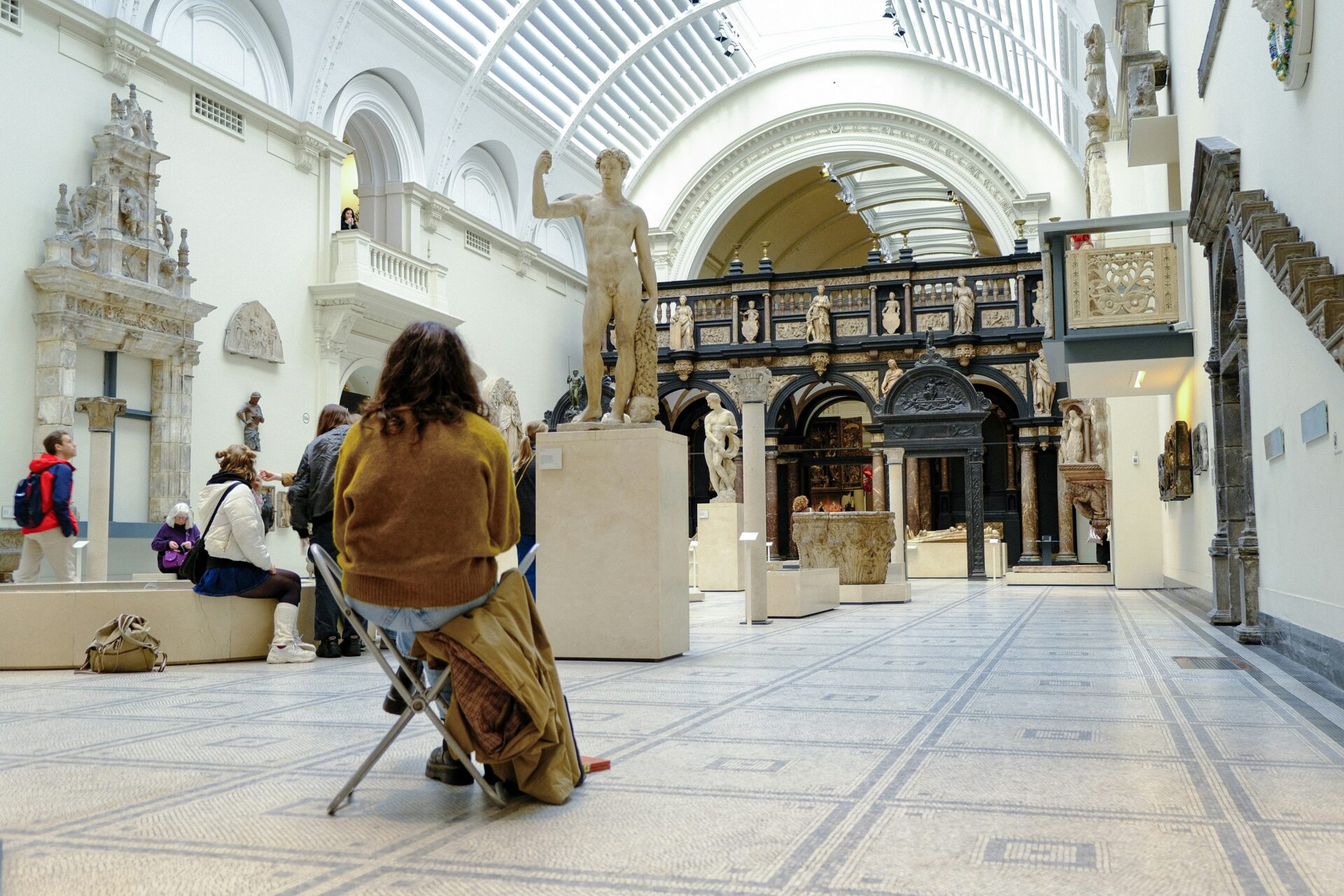
Literary Landmarks and Book-Lover Destinations
As a book nerd, I went hunting for London’s literary gems. The British Library had exhibitions with priceless manuscripts—Shakespeare, Austen, even Beatles lyrics scribbled by hand.
Just off the busy streets, I found calm at places like Poet’s Corner in Westminster Abbey (okay, there’s a fee, but even peeking from outside felt special). I browsed old books at Daunt Books, a shop that looked like it belonged in a novel.
On free open days, I wandered through the Charles Dickens Museum. Some weekends, I’d lose hours in tiny bookshops around Bloomsbury or Charing Cross Road, soaking up the city’s literary spirit.
London’s love for books is everywhere—if you’re willing to look, you’ll find most of it costs nothing but your time.
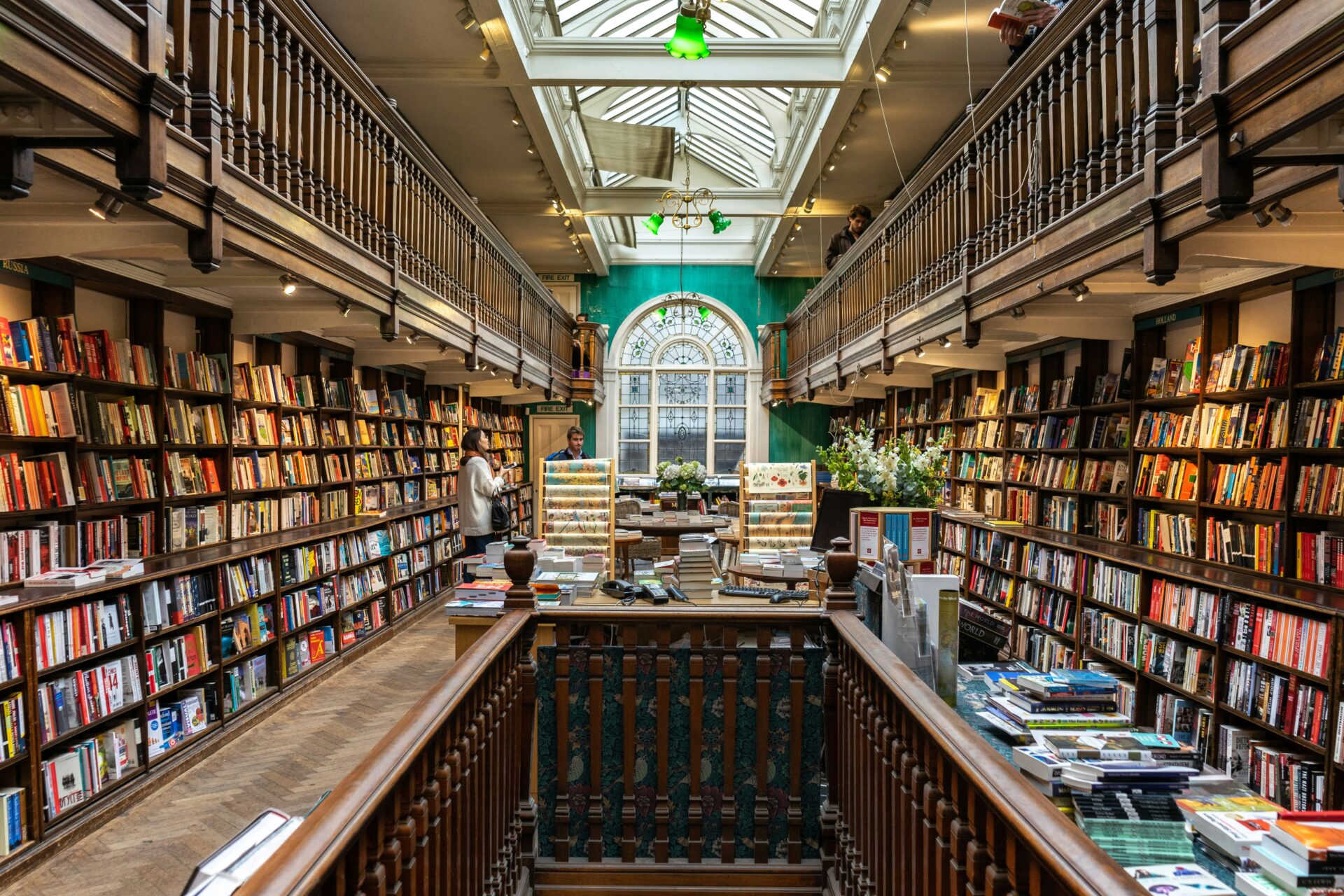
Eating Well Without Splurging
London surprised me with how many cheap and tasty food options I could find. I ate like a local, from buffets to street food stalls, without emptying my pockets.
Best Buffets and All-You-Can-Eat Deals
Some of my favorite meals came from budget-friendly buffets. I once wandered into an Asian buffet in Soho and tried a dozen dishes for under £10.
Buffets are perfect for anyone who wants to sample a bit of everything. Most places post prices at the door, so I could compare before walking in.
At lunch, Indian and Chinese spots in central London often ran all-you-can-eat deals, especially before 4 p.m. Timing really mattered.
If you’re traveling with friends, splitting the cost means more variety for less money. Here’s what I checked in a good buffet:
| Criteria | What I Checked For |
|---|---|
| Price | Under £12 per person |
| Food variety | At least 5 cuisines |
| Cleanliness | Fresh-looking displays |
| Extra value | Free water or soft drinks |
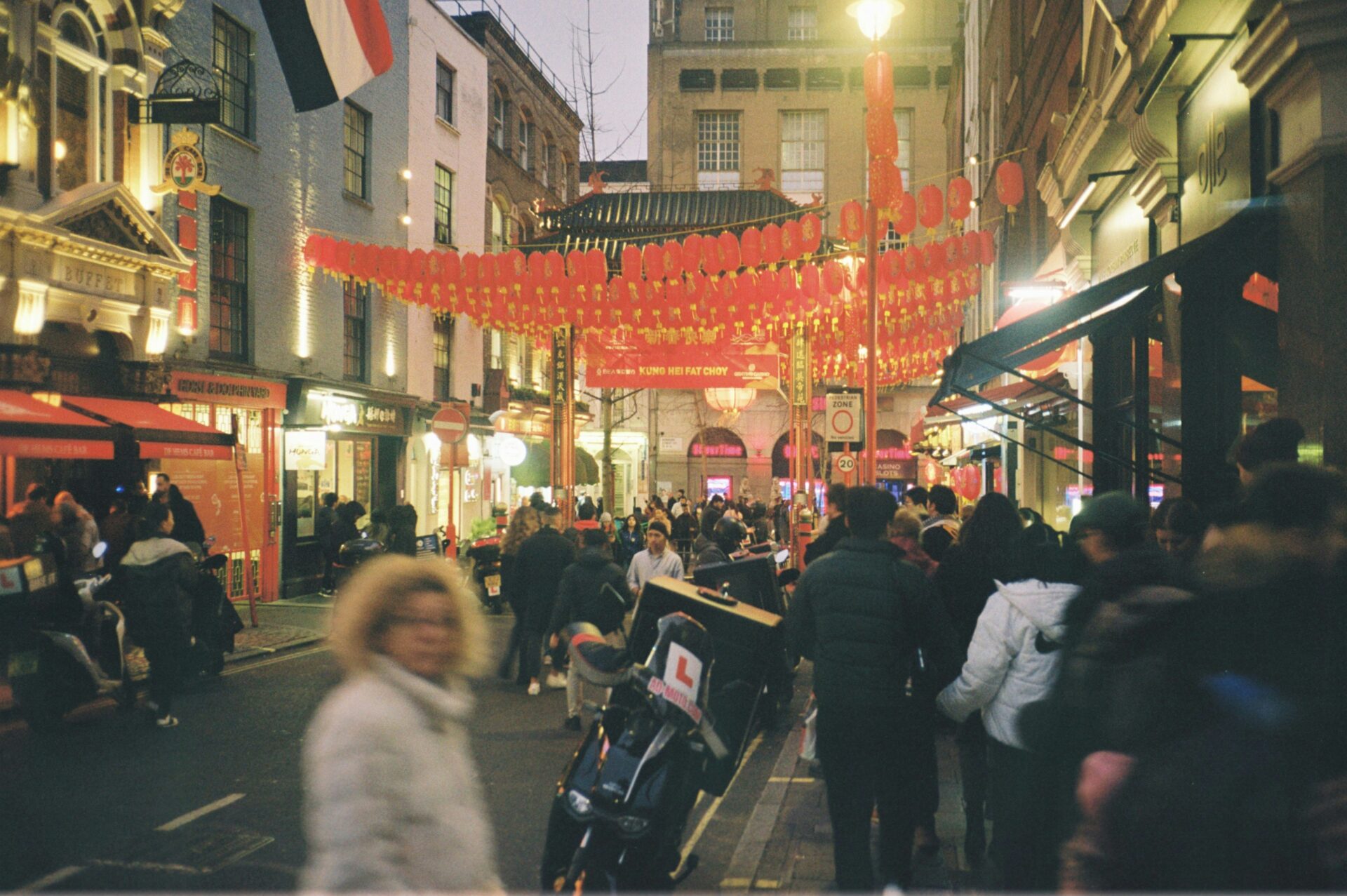
Street Food Markets and Local Eats
Street food markets ended up being the highlight of my budget eating adventure. Borough Market, Camden Market, and Brick Lane all served up dishes from around the world.
Meals usually ran £4 to £8 and filled me up. I tried falafel wraps, Thai noodles, and classic British pies.
Camden Market buzzed with energy—vendors shouted out specials and handed out free samples. Sometimes I’d just snack my way from stall to stall.
Most markets peak at lunchtime, but showing up later meant shorter lines and sometimes discounts as vendors cleared out. I always looked for fresh-cooked food, busy stalls, and clear prices to avoid surprises.
A generous portion was a must—no one likes leaving hungry.
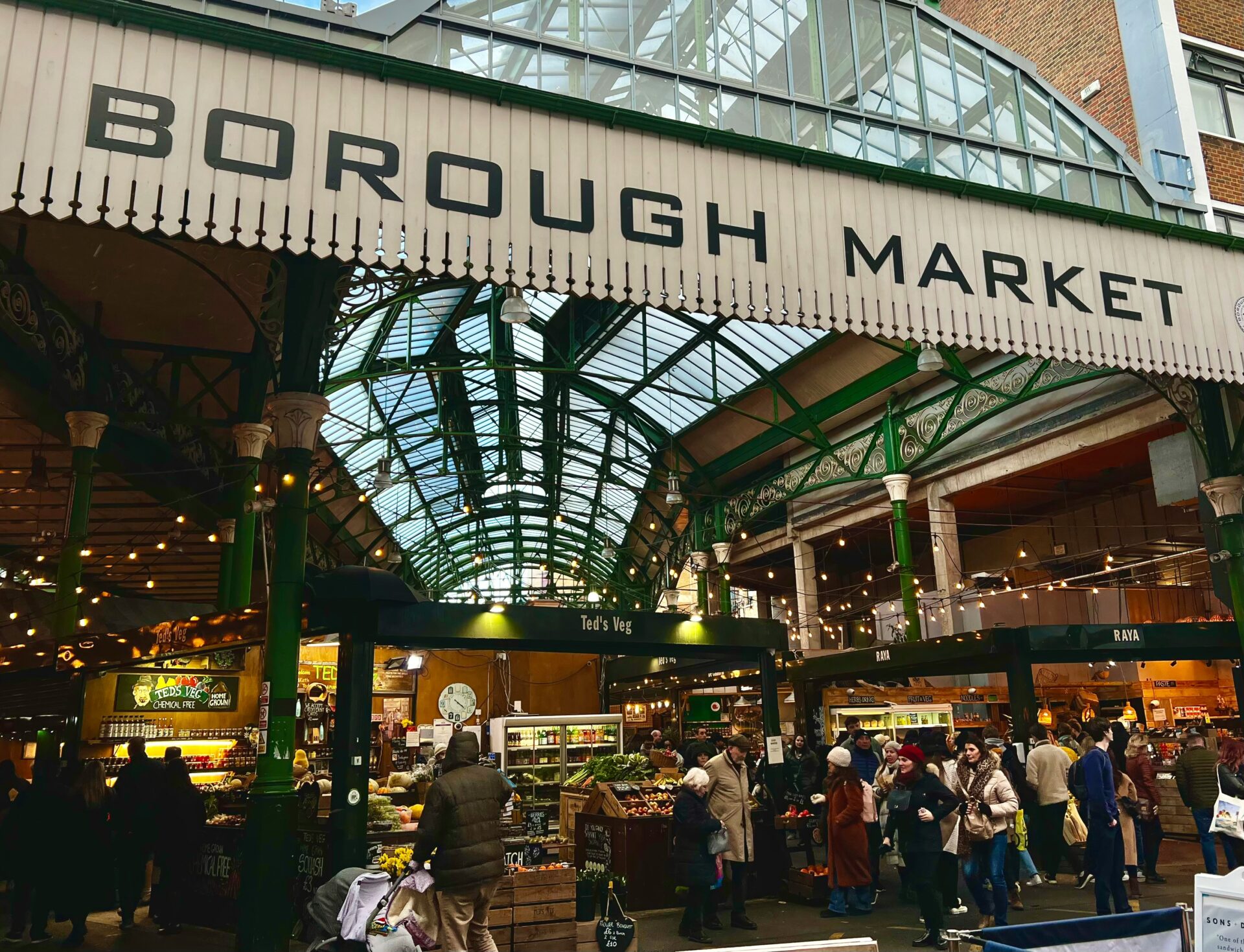
Getting Around London on a Budget
When I arrived in London, I quickly realized transportation could eat up my budget if I wasn’t careful. With a few tricks, though, I got around easily and saved a bunch.
Public Transportation Hacks
The Tube is fast and reliable, but it isn’t always cheap. I cut costs by grabbing an Oyster card or just tapping my contactless debit card for each ride.
This way, I paid the daily cap and never overspent, no matter how much I traveled. Buses are even cheaper than the Tube, and they run all night.
Traveling after 9:30 a.m. on weekdays meant I paid less and skipped the morning crush. I relied on apps like Citymapper to find the fastest, cheapest routes.
Sometimes, I hopped on a red double-decker bus just for the view—it’s like a city tour for the price of a bus fare. For trips out of town, I used National Express or Megabus from Victoria Coach Station, which cost way less than the trains.
Here’s my list of essentials for saving money on London transport:
- Get an Oyster card or use contactless payment
- Ride buses for cheaper fares
- Travel off-peak for discounts
- Use apps for real-time info
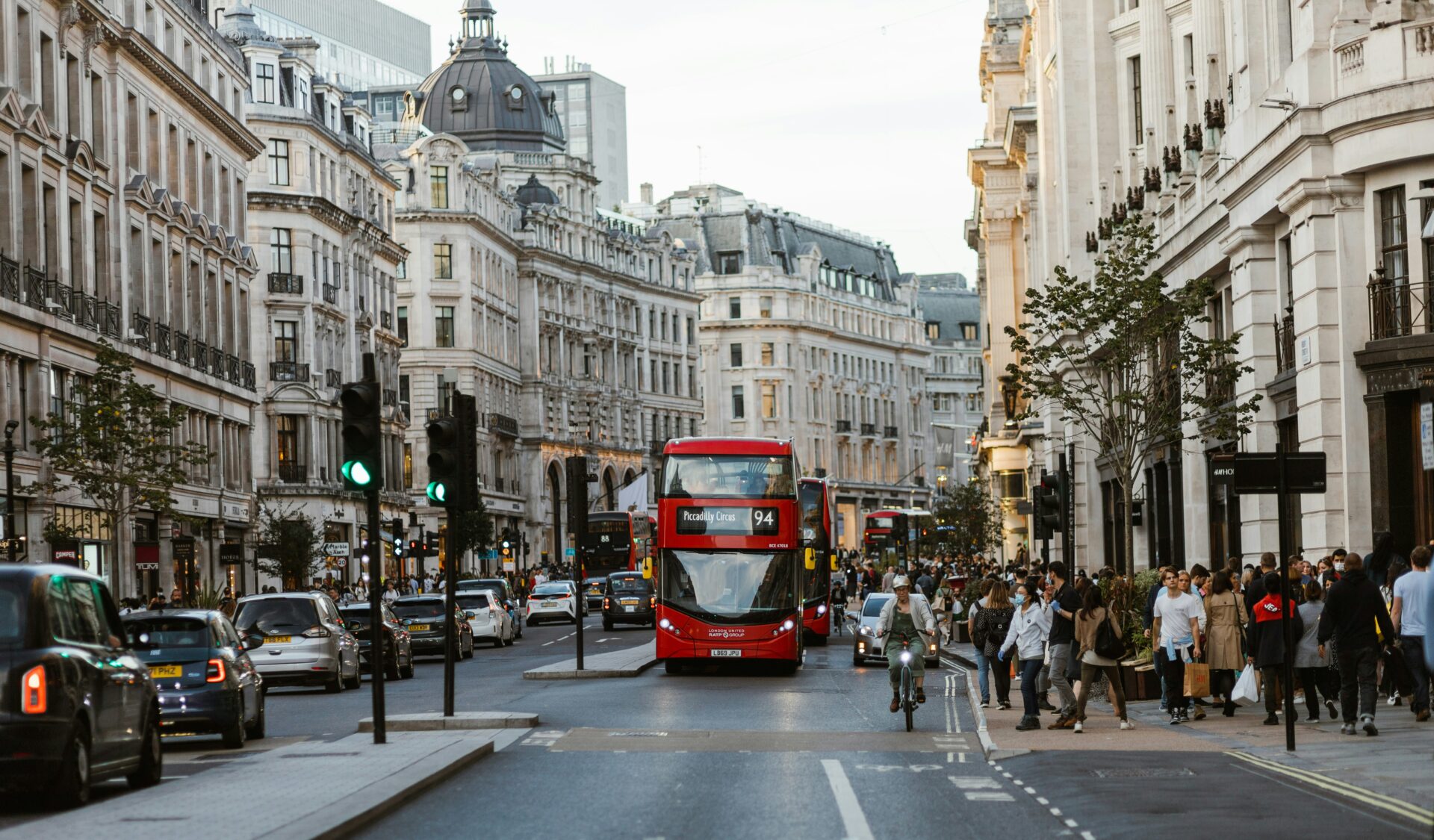
Walking Tours and Cycling Routes
London’s best sights often reveal themselves on foot. I skipped the Tube when I could and just wandered, soaking in street art, parks, and markets at my own pace.
Neighborhoods like South Bank and Soho are perfect for exploring by foot. When I wanted to cover more ground, I rented a Santander Cycle—London’s public bike share.
Just a couple of pounds got me unlimited rides for a day, as long as each trip stayed under 30 minutes. Some hostels even organized free walking tours, which let me meet other travelers and pick up local stories.
Walking and cycling not only saved me cash, but they let me notice the little details most people miss.
Table: Cost Comparison
| Travel Method | Cost (Approx) | Notes |
|---|---|---|
| Tube (with Oyster) | £2.50-£2.70/ride | Capped daily fares |
| Bus (Oyster/contactless) | £1.75/ride | Unlimited transfers within an hour |
| Santander Cycle Hire | £2 for 24 hours | First 30 minutes per trip included |
| Walking | Free | Best for central London |
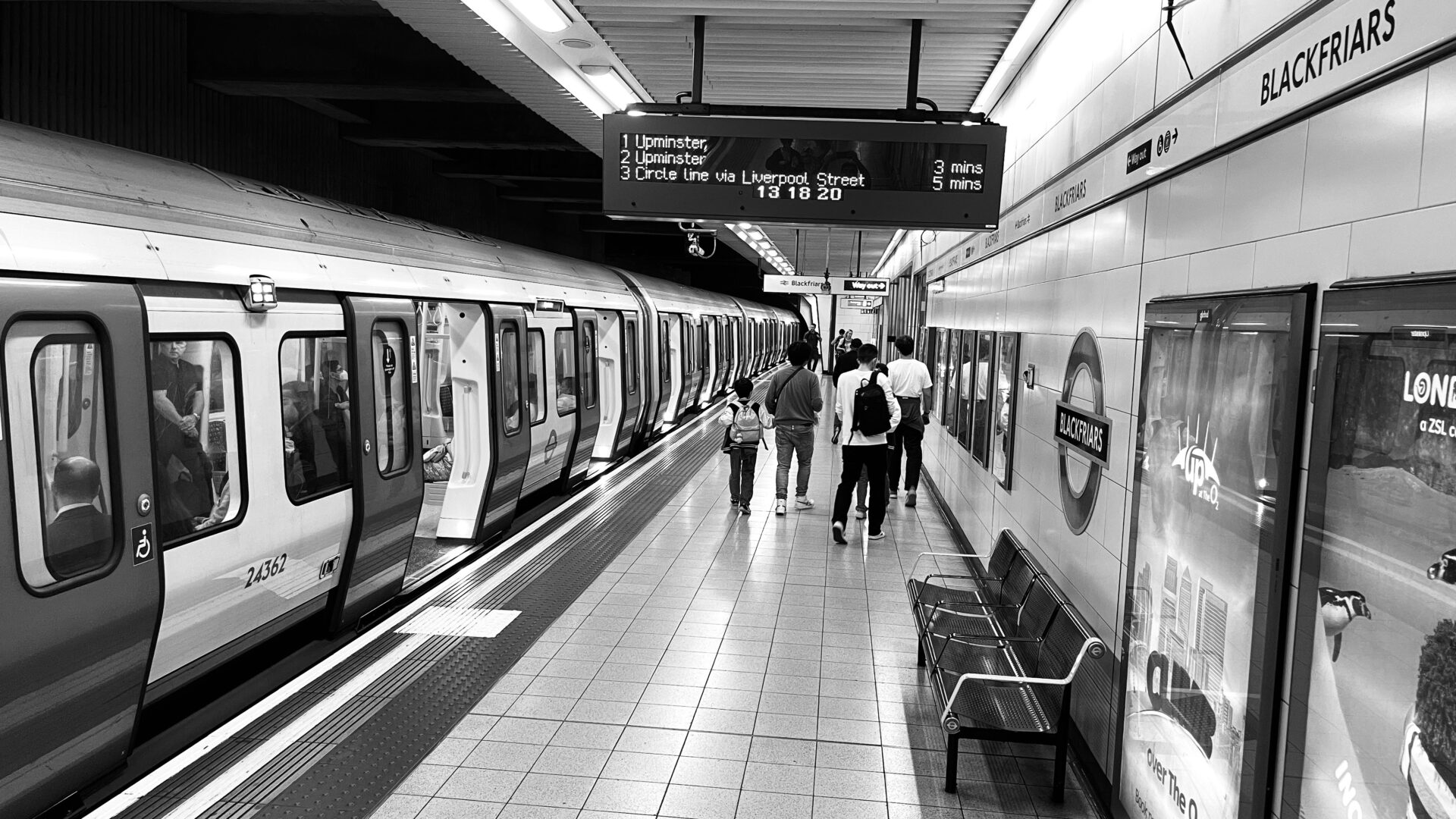
Finding Free Entertainment and Digital Experiences
London kept surprising me with all the free things to do. I stayed busy and entertained, even when I left my wallet at home.
Cultural Events, Performances, and Festivals
One of my favorite discoveries? Free street performances in Covent Garden and South Bank. Musicians, magicians, dancers—you name it—drew crowds, and I never felt pressured to spend a thing.
During summer, I caught open-air concerts in parks like Regent’s and Hyde Park, usually with local bands or community groups. I also loved stumbling into London’s free festivals.
Notting Hill Carnival and Chinese New Year in Chinatown were packed with music, parades, and food stalls. Sometimes, museums like the Tate Modern or National Gallery hosted late-night events with free talks or live music.
It always paid off to check local event calendars—there’s almost always something happening.
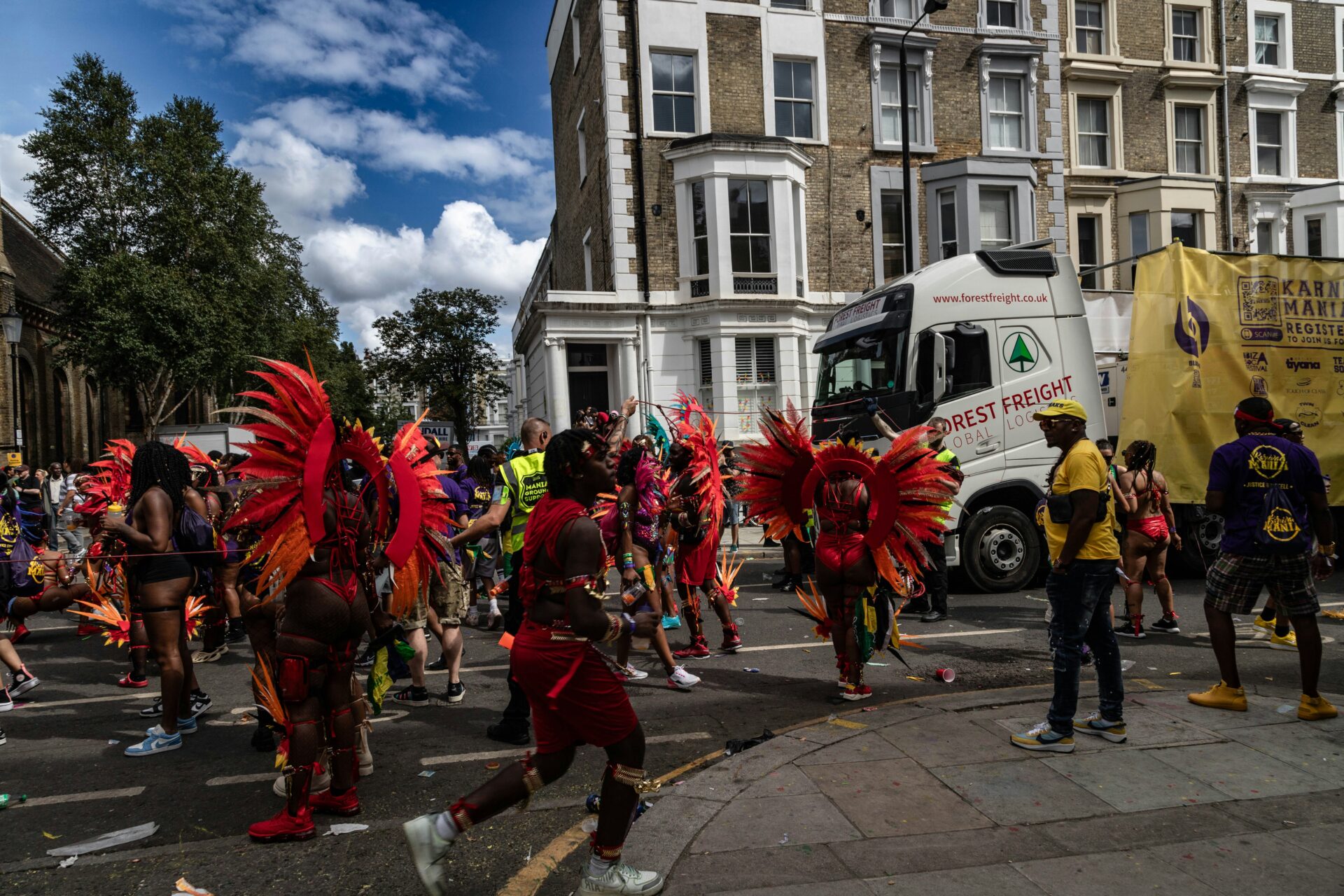
Discovering Free eBooks and Digital Resources
London’s libraries—think the British Library or London Public Library—gave me free access to eBooks, audiobooks, and digital magazines.
You can sign up for a library card online or just walk in and do it in person.
Once you have the card, you’ll unlock a huge collection of classics, new releases, and even local literature.
I started using apps like Libby and BorrowBox to read on my phone while I rode the Tube.
I stumbled across the Internet Archive and Project Gutenberg, which both offer even more free literature.
You can just download thousands of eBooks there, no strings attached.
Public Wi-Fi in cafes and parks made it easy for me to browse and read wherever I felt like—whether I wanted a novel, a biography, or maybe a guidebook for my next London adventure.

